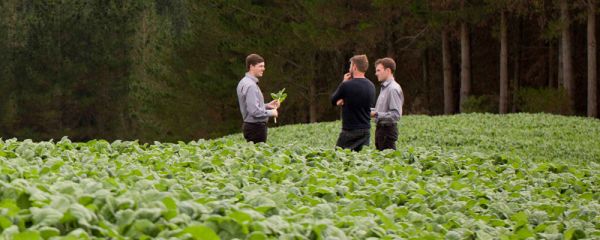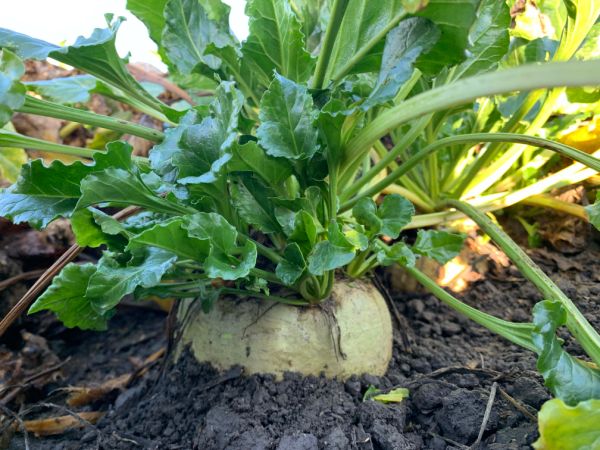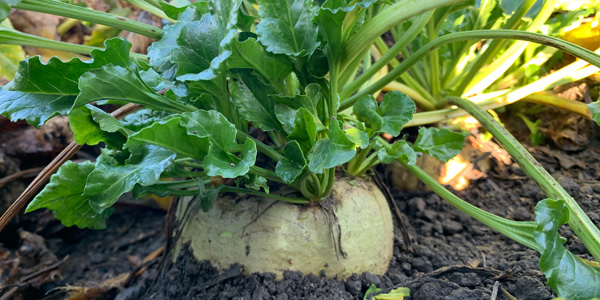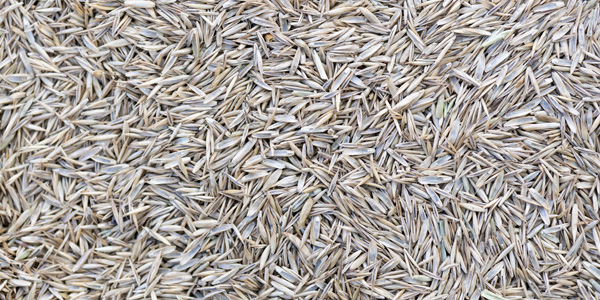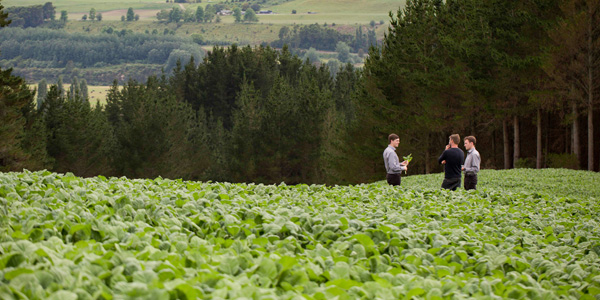
Fodder Beet Drymatter
Fodder Beet Drymatter
Understanding variation in drymatter percentages
FACTORS THAT INFLUENCE DRYMATTER PERCENTAGE
Cultivar selection:
Low, medium and high drymatter values are indicative averages only and can range widely.
Bulb size:
Bulb size is influenced by many factors and generally, as bulb fresh weight increases DM% decreases.
Climate:
Where fodder beet is grown in dry environments, the bulbs tend be smaller in physical size and compensate by being higher in drymatter percentage. Measuring fodder beet after wet weather or irrigation will often see a lower DM% being reported than the same crop measured after a period of dry or settled weather.
Paddock variation:
Difference in DM% can be caused by soil preparation, soil fertility and soil type all interacting with cultivar choice.
Sowing date:
This will affect bulb DM% due to maturity and crop size. Yield is highly influenced by growing degree days.
Sowing rate:
Influences how the crop will grow above ground. A higher sowing rate will result in more bulbs in the row which increases inter-plant competition, leading to smaller bulbs with high DM%.
Drymatter sampling methods:
Influenced by how long before they are analysed, how many and how much mud or dirt are on the sample. Use snaplock bags and combine 20 bulb portions.
Fertility, soil types and soil preparation:
Differences in free draining vs high water holding capacity soils will affect DM%. An even, consolidated seedbed when sowing is vital.
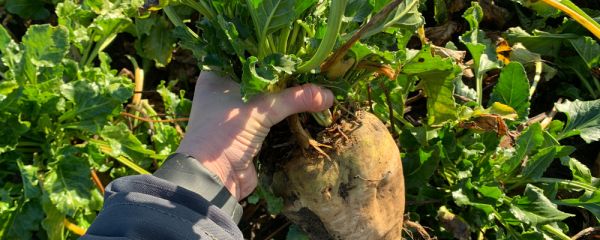
Our Fodder Beet range
VIEW PRODUCTS